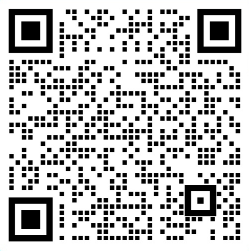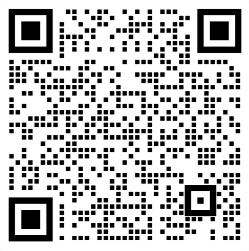IoT Applications
How IoT and smart city technology works?
Views : 8726
Author : Jeakie
Update time : 2023-05-18 17:58:07
How IoT and smart city technology works?
IoT and smart city technology work by leveraging connected devices and advanced networks to collect and analyze data for various purposes. Smart cities utilize IoT devices such as sensors, lights, and meters to gather data that helps improve infrastructure, public utilities, and services. Here are some examples of smart city technologies:
1.Smart utility meters: These devices connect to a smart energy grid, allowing utility companies to manage energy flow more effectively. Users can also track their energy consumption, leading to significant financial savings.
2.Smart transportation: Connected vehicles and smart transit systems improve public transportation. Voice search and location data capabilities enhance the driving experience, and the adoption of smart transit is projected to increase.
3.Smart grids: Smart grids enable efficient resource conservation. Cities like Amsterdam have experimented with home energy storage units and solar panels connected to the grid, reducing stress on the grid during peak hours and allowing residents to sell excess energy back to the grid.
4.Smart waste management solutions: Monitoring the fill levels of trash cans and optimizing waste pick-up routes reduces costs and traffic congestion. Some smart waste bins can provide recycling recommendations and cost-saving information.
5.Smart air quality monitors: These devices detect air pollutants, providing real-time information to users. Indoor air quality monitors can alert individuals to unsafe pollutant levels through indicator lights or push notifications on smartphones or tablets.
Examples of smart cities include European cities leading the way in smart city development, with initiatives backed by the European Commission. North American cities also have smart city projects focused on public safety and traffic management. Additionally, China has experienced rapid growth in smart city development, particularly in public transportation, it will be an impressive 10% target by 2025.
1.Smart utility meters: These devices connect to a smart energy grid, allowing utility companies to manage energy flow more effectively. Users can also track their energy consumption, leading to significant financial savings.
2.Smart transportation: Connected vehicles and smart transit systems improve public transportation. Voice search and location data capabilities enhance the driving experience, and the adoption of smart transit is projected to increase.
3.Smart grids: Smart grids enable efficient resource conservation. Cities like Amsterdam have experimented with home energy storage units and solar panels connected to the grid, reducing stress on the grid during peak hours and allowing residents to sell excess energy back to the grid.
4.Smart waste management solutions: Monitoring the fill levels of trash cans and optimizing waste pick-up routes reduces costs and traffic congestion. Some smart waste bins can provide recycling recommendations and cost-saving information.
5.Smart air quality monitors: These devices detect air pollutants, providing real-time information to users. Indoor air quality monitors can alert individuals to unsafe pollutant levels through indicator lights or push notifications on smartphones or tablets.
Related News
Read More >>















